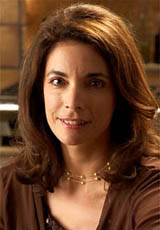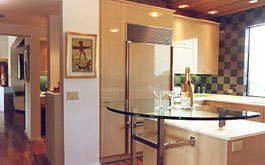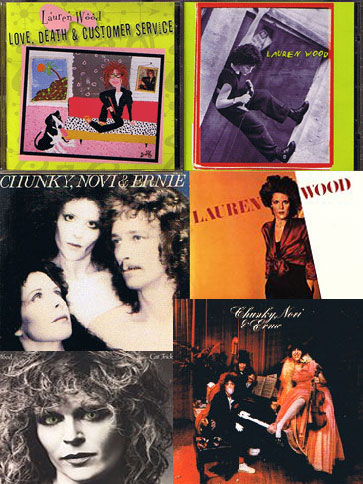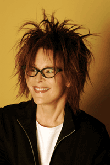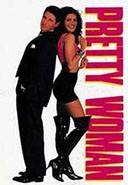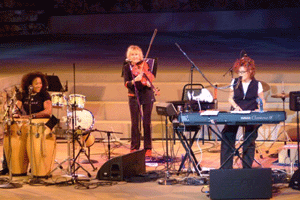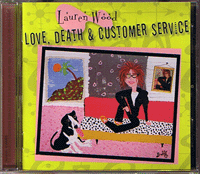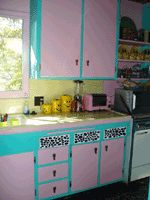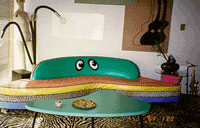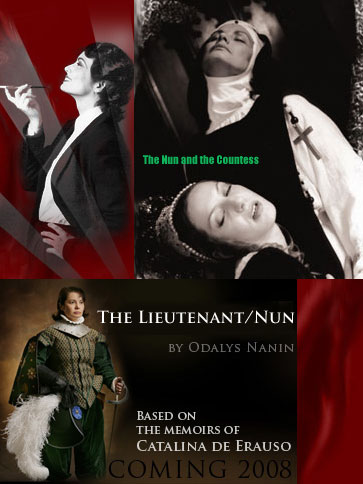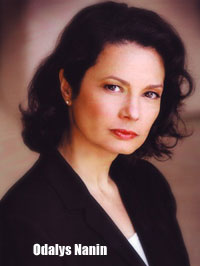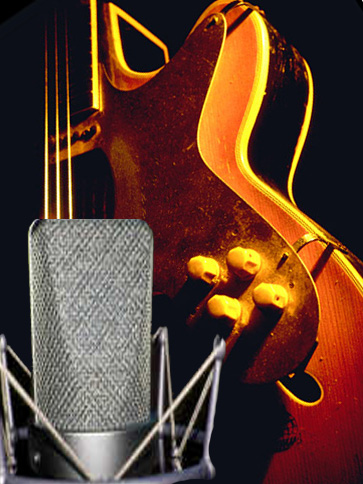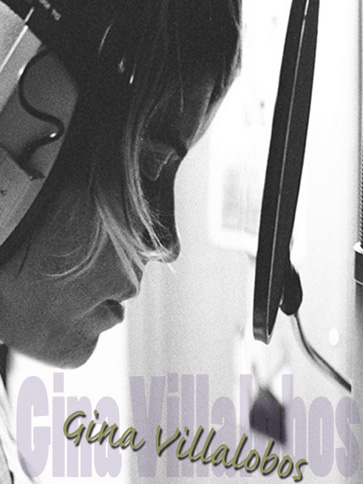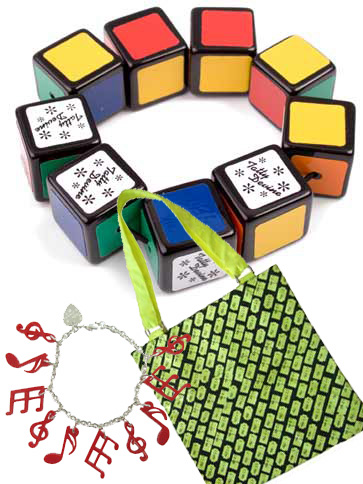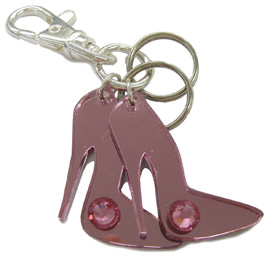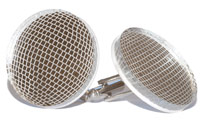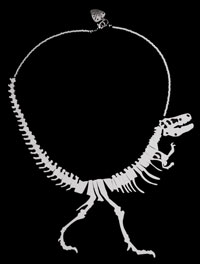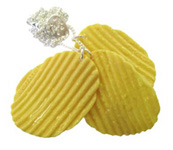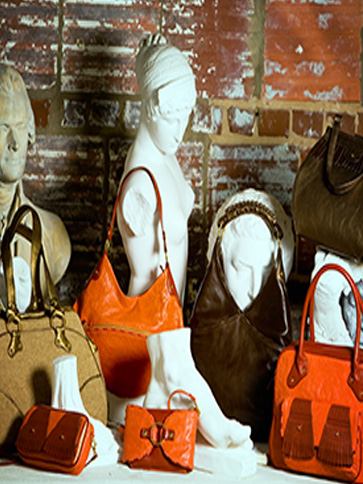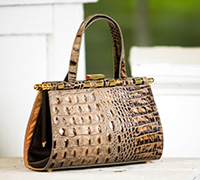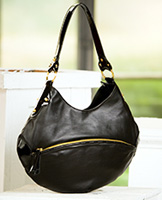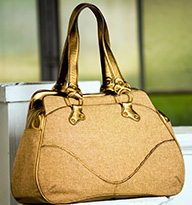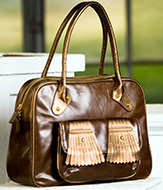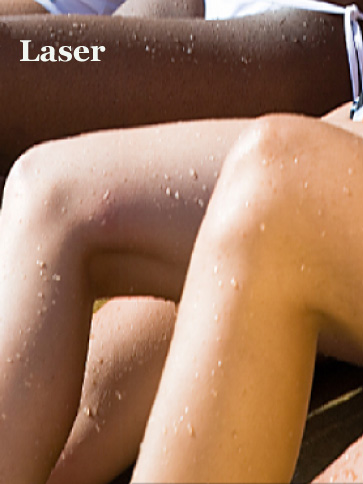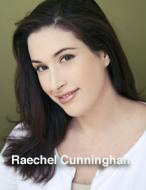Apollonia Kotero – What Has She Done Lately?
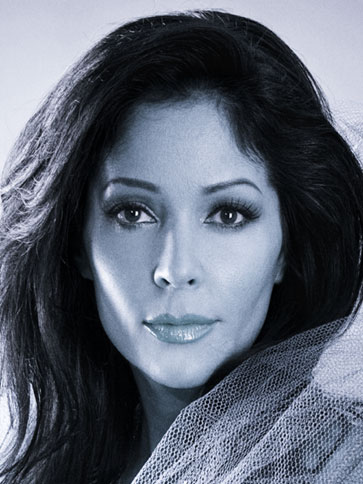 I am not sure how many of you remember the actress/singer Apollonia Kotero. She starred in the oscar-winning movie Purple Rain back in 1984, and had a hit single “Sex Shooter” from her group Apollonia 6. She has appeared in television shows, including Night Rider, Chips, Falcon Crest, and Fantasy Island. She was in the films Back to Back, Black Magic Woman, and Ministry of Vengeance, just to name a few. Her duet with Prince, “Take Me with You,” on the Purple Rain soundtrack ended up becoming her biggest hit to date. But what has Patricia Apollonia Kotero done lately?
I am not sure how many of you remember the actress/singer Apollonia Kotero. She starred in the oscar-winning movie Purple Rain back in 1984, and had a hit single “Sex Shooter” from her group Apollonia 6. She has appeared in television shows, including Night Rider, Chips, Falcon Crest, and Fantasy Island. She was in the films Back to Back, Black Magic Woman, and Ministry of Vengeance, just to name a few. Her duet with Prince, “Take Me with You,” on the Purple Rain soundtrack ended up becoming her biggest hit to date. But what has Patricia Apollonia Kotero done lately?
Last season I was seated next to her at fashion designer Joseph Domingo’s runway show at Fashion Week and was introduced to the beautifully, well-preserved Apollonia. Having seen Purple Rain—I own the sound track—I was very much aware of who Apollonia was. As we chatted before the show, she expressed her like for Joseph Domingo’s designs, as well as mentioning a few other designers she liked. I thought it would be a great idea to shoot her for Agenda Magazine. She agreed, and we had an informal interview, where I learned so much more about this very talented and impassioned woman.
Apollonia, would you mind sharing with our readers what you are up to these days?
I am excited to be attending AFI Woman’s Workshop for directing. Maya Angelou, my idol, has taken the class. I was in AFI in the early 90s. I went through a divorce and lost my focus. So I fell out of school back then.
You have a production company now?
Yes, it’s called Kotero Entertainment. It’s a multi-media production company. I have several lawyers, an agent, and we represent everything from art directors to directors to actors, actresses. . .and I have a little girl who is only 12 and sings like Billie Holiday. We develop scripts.
What led you to develop the company?
There are so many talented people out there without guidance. And I just know what it was like when I was growing up, and how difficult it was for me being a woman/minority. Many 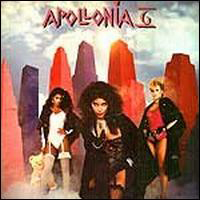 times you don’t know anybody and you’re not related to anybody and it’s really tough. It started off as a mentorship, and it became a full fledged company.
times you don’t know anybody and you’re not related to anybody and it’s really tough. It started off as a mentorship, and it became a full fledged company.
Was it a difficult thing to start?
Not really, I put my mind to it. I always believe in what Shakespeare said, “The company makes the feast,” with the right group of people. You have to be selective, trust the right people, trust [in] their ingenuity, talent, and their integrity.
You had mentioned earlier there have been a lot of things printed. . .some were true some weren’t. Then you mentioned about some of the struggles as a Latina coming up in this industry. I would love to hear a little bit about that, and how you overcame it.
It’s something that I think is pretty universal, being Latina, being first generation. It also goes with the African-American actress—the ghetto gangster, the Latina maid, housekeeper, prostitute. Those are the difficult things I think we all face in this industry. Having to drive from the South Bay to auditions in my car that was falling apart. . .I was driving 5 days a week for casting and auditions; [and I heard things like] well. . . “They went for the all-American girl,” or “You’re not tall enough, or “You don’t really look Latin.” It was really tough, but I was never discouraged. I have the fear of God in me. And my family [encouraged me]. You realize that you’re not the only one going through that, especially for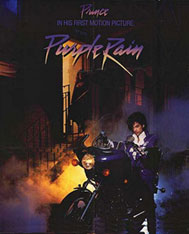 me in the early 80s. Now you have a plethora of different versatile actors from all over the world. There are more Latin shows like Ugly Betty, produced by Salma Hayek, who I adore. It goes on. But it’s taken so many years. When I was cast in the film with Prince, it was just a mysterious woman. I don’t think I’ve really played a Latina. Out of all the parts I played in TV and film, the only time I got to play Latin with a Latin accent was just a few years ago on Air America with Lorenzo Llamas.
me in the early 80s. Now you have a plethora of different versatile actors from all over the world. There are more Latin shows like Ugly Betty, produced by Salma Hayek, who I adore. It goes on. But it’s taken so many years. When I was cast in the film with Prince, it was just a mysterious woman. I don’t think I’ve really played a Latina. Out of all the parts I played in TV and film, the only time I got to play Latin with a Latin accent was just a few years ago on Air America with Lorenzo Llamas.
So you’re saying the face of the industry has changed a lot since the early 80s when you had first gotten involved.
Absolutely. You look at people before that, I don’t remember anybody Latin when I was auditioning before except Ricardo Maltaban and Eric Estrada. I can’t remember someone I looked up to other than the old school stars like Dolores Del Río, Rachel Welch, Freddie Prinz, and Desi Arnaz. But there was nobody out there [who] I [could emulate]. They were older women, not the young hot Latina.
Going back to AFI, is the reason you decided to become a director?which is a huge thing?to maybe help steer Latin-based movies to open the doors for some other actors?
For me, when you start looking at an actor in another extension, the writer becomes the director, the actor becomes the writer/director. It’s always in the same industry. It’s all interconnected. There’s a real chemistry when you write a script. And then you see so many actors/writers who’ve become directors. . . for me, there are only 7 percent of women directing. When you look from Julie Taymor to Penny Marshall, there are just a few. One of the first Latin female directors back in the 40s was Ida Lupino. It took Selma Heyak 10 years to get that movie [ Frida ] shot. She never let go of Frida Kahlo. She was ambitious, and she’d run you over if you didn’t listen.
As far as directing, I’d like to direct all varieties, whether it’s a music video or a comedy piece. It doesn’t have to be a Latino-type story. I was born in Southern California. I live in Hawaii, and I surf (she laughs). So it could be about anything as long as I have a passion for the words on the paper.
Tell me about the jewelry line you’re designing.
I am designing a line of Jewelry with Steven Zale, geared toward ladies of elegance. If you can’t afford to go to Harry Winston, I can provide a great piece of jewelry, which is just as beautiful and just as well-made a design. I’ll have a rings and little pink diamonds that are affordable—jewelry couture. I think you can really tell a lot about a lady by the jewelry that she wears, or doesn’t wear.
What are the price points on some of the pieces?
We really haven’t discussed it, but I want to make sure that it’s something that is affordable. We could do a variety of different pieces at different prices.
This is fine jewelry, then?
Yes. It’s real.
Is there anything else you’d like to add?
I am also [involved with] a movie called the ” Winged Man,” I am helping them as a supporter. [As a supporter I mean that] I’m doing whatever I can to help them out, and I have donated to their cause. It’s a 15-minute short, directed by Marya Mazor, written by Jose´ Rivera; and Anna Ortiz from Ugly Betty is in it.
Apollonia Kotero is heavily involved in Project Angel Food LA, Nosotros, Women in Film, Los Angeles Mission, LULAC, The Violence Intervention Program Los Angeles, and The Wall of Las Memorias. To learn more about Apollonia, visit her websitewww.myspace.com/apolloniakotero.
By Kaylene Peoples

